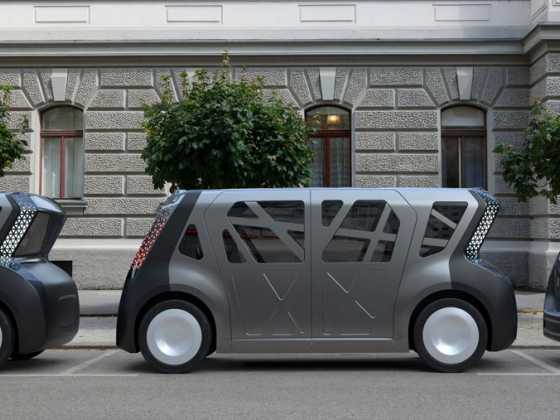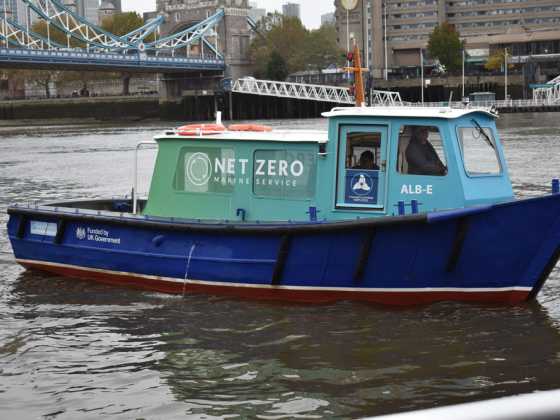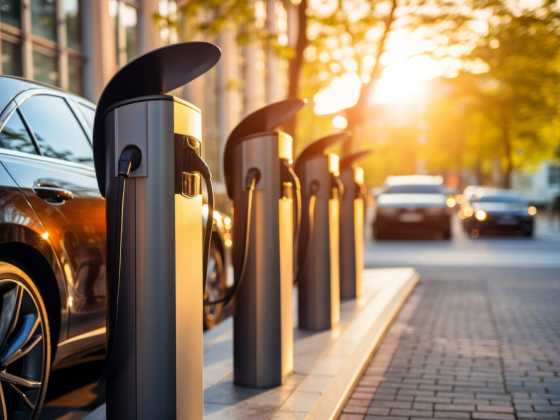ULEZ, CAZ, LEZ – but what does ‘clean’ mean?

Even with all the other distracting headlines coming out of Westminster, fleets operating in or around London must be aware that the capital’s Ultra Low Emission Zone (ULEZ) begins operating on 8 April this year. All vehicles, including cars and vans, will need to meet the tailpipe emissions standards or will have to pay an additional (£12) daily charge to drive in the ULEZ area (which initially matches the Congestion Charge Zone but which will be extended to inner London areas in 2021).
London is the first to introduce these standards universally, but across the UK many areas are encouraged to follow suit. This is in response to the UK Government’s push to improve air quality in the worst affected (mostly city-centre) areas following the failure to meet internationally agreed air pollution standards, highlighted by the NGO Client Earth in high profile court cases.
The London ULEZ is the forerunner for the introduction of Clean Air Zones (CAZ) to be introduced in several other cities (Birmingham, Leeds, Glasgow) around the UK (known as Low Emission Zones – LEZ – in Scotland). Other authorities will be watching the London experience closely, but the urgency of this issue is forcing action.
While it’s unfortunate we have different names to describe these air quality action areas, the critical point for fleets (operating across the whole UK of course) is to have consistency and clarity. So operators should be reassured that the Government (advised by LowCVP and other bodies) is ensuring that there’s a consistent national framework for these emission zones (including the ULEZ, CAZ and LEZ) so that operators know that compliance with rules in one local authority area are consistent with those in another.
Operating Euro 6 or VI for diesel and Euro 4 petrol, means almost any new vehicle you have bought in the last three or four years should be compliant (and not chargeable), and everyone should be clear that any vehicle of any fuel type bought today meets the requirements of all these low emissions zones.
So far, only London and Birmingham have announced plans for CAZ ‘D’ low emission zones that will include standards for cars. Leeds has announced a charging zone to include HGVs (type ‘B’ in government lingo; type ‘A’ is for buses, coaches, taxis and private hire vehicles while type ‘D’ can cover nearly all road vehicles). Of the other ‘first wave’ authorities, Manchester is initially proposing a type ‘B’ CAZ from 2021 (extending to type ‘C’ – including vans and minibuses from 2023) while Nottingham plans to meet air quality targets without the introduction of a charging CAZ.
A further 23 ‘second wave’ local authorities have been directed by the Government’s Joint Air Quality Unity (JAQU) to develop local plans to ensure air quality compliance, while 33 more authorities are under notice to ensure they comply over the next three years.
So ‘Clean’ clearly meets the clean standards across the board, but is ‘Zero’ really zero? The vision is clear and the writing is on the wall (or on the pages of the Government’s strategies anyway). Zero tailpipe emissions is the aspiration and we already have clear messages from London and Oxford, that Zero Emission Zones (ZEZ) are coming. For the LowCVP an urgent focus is to try to get these to share a common, intuitive structure and definitions too (which they don’t yet!).
Change is coming apace and fleet managers will need to stay consistently alert to make sure they’re on the right side of new regulations and striving to meet future ambitions, while maximising efficiency and contributing to improvements in the quality of the air we all breathe.






